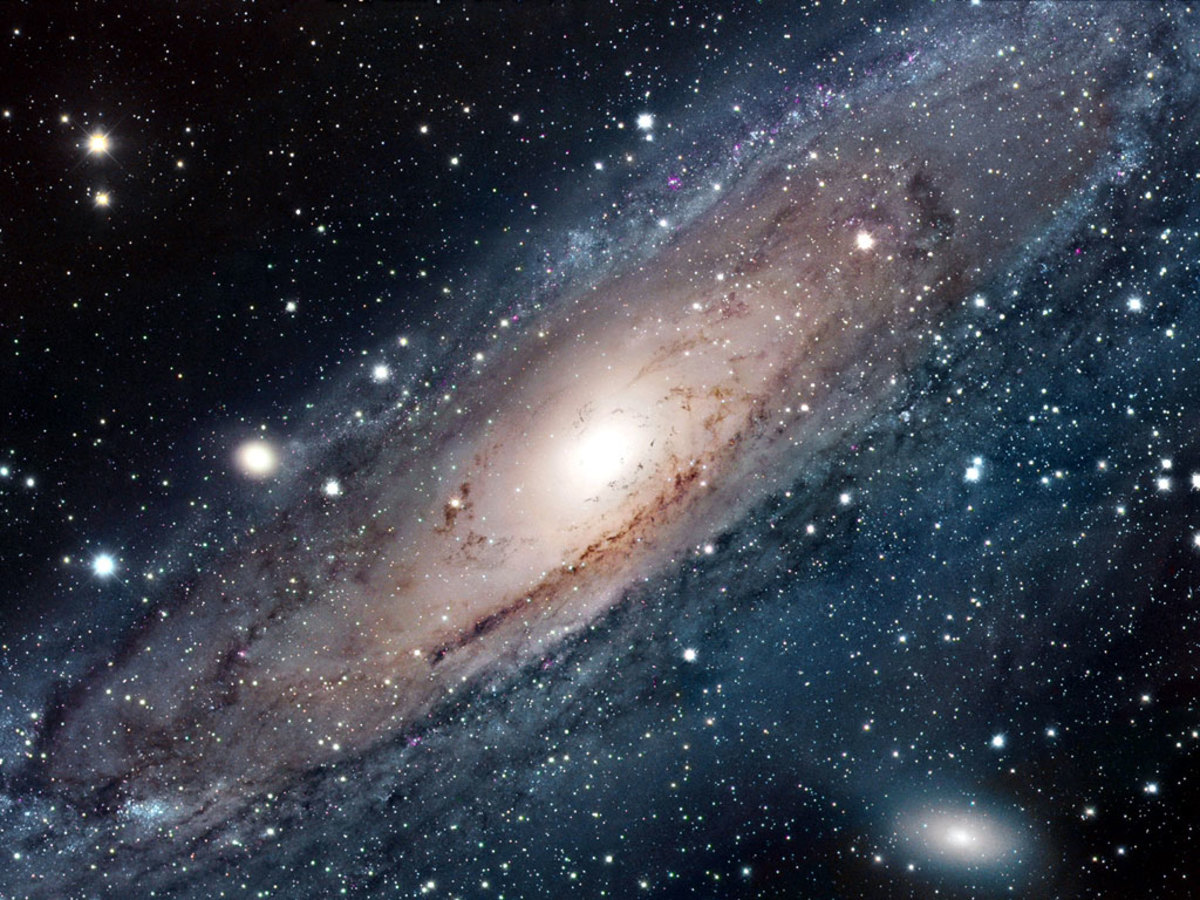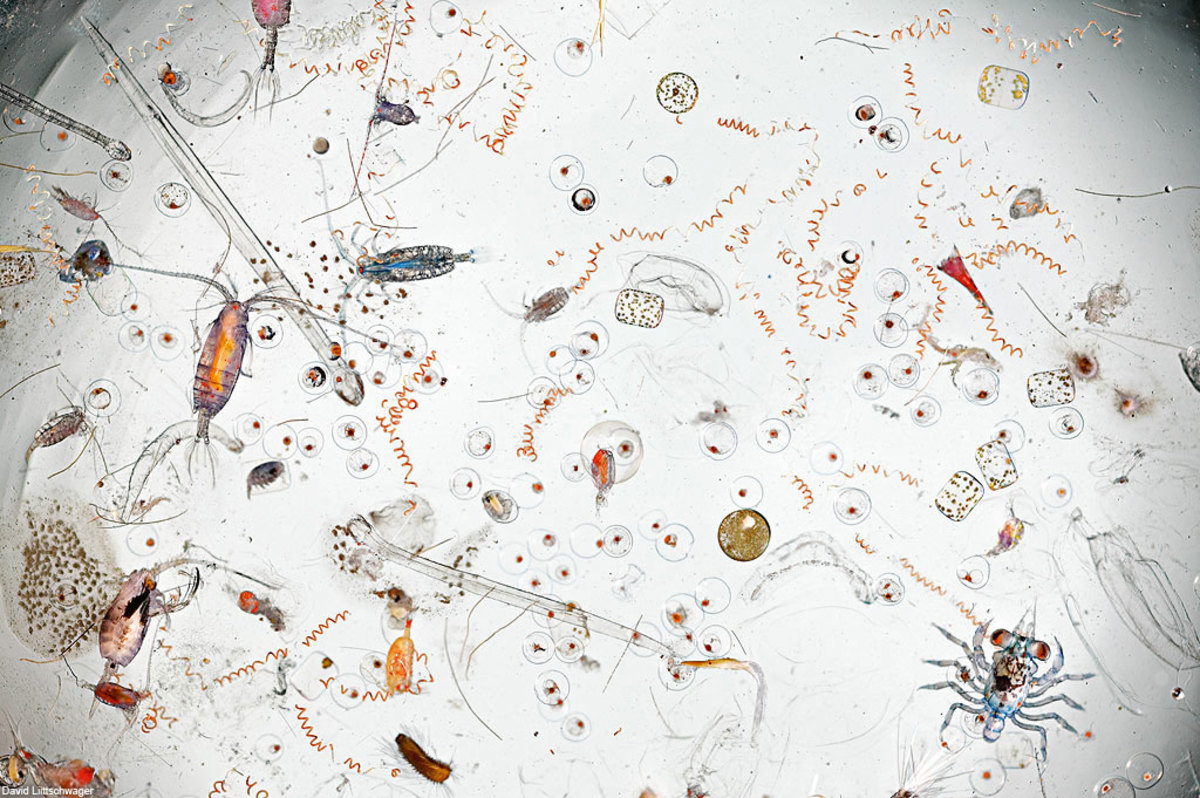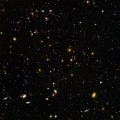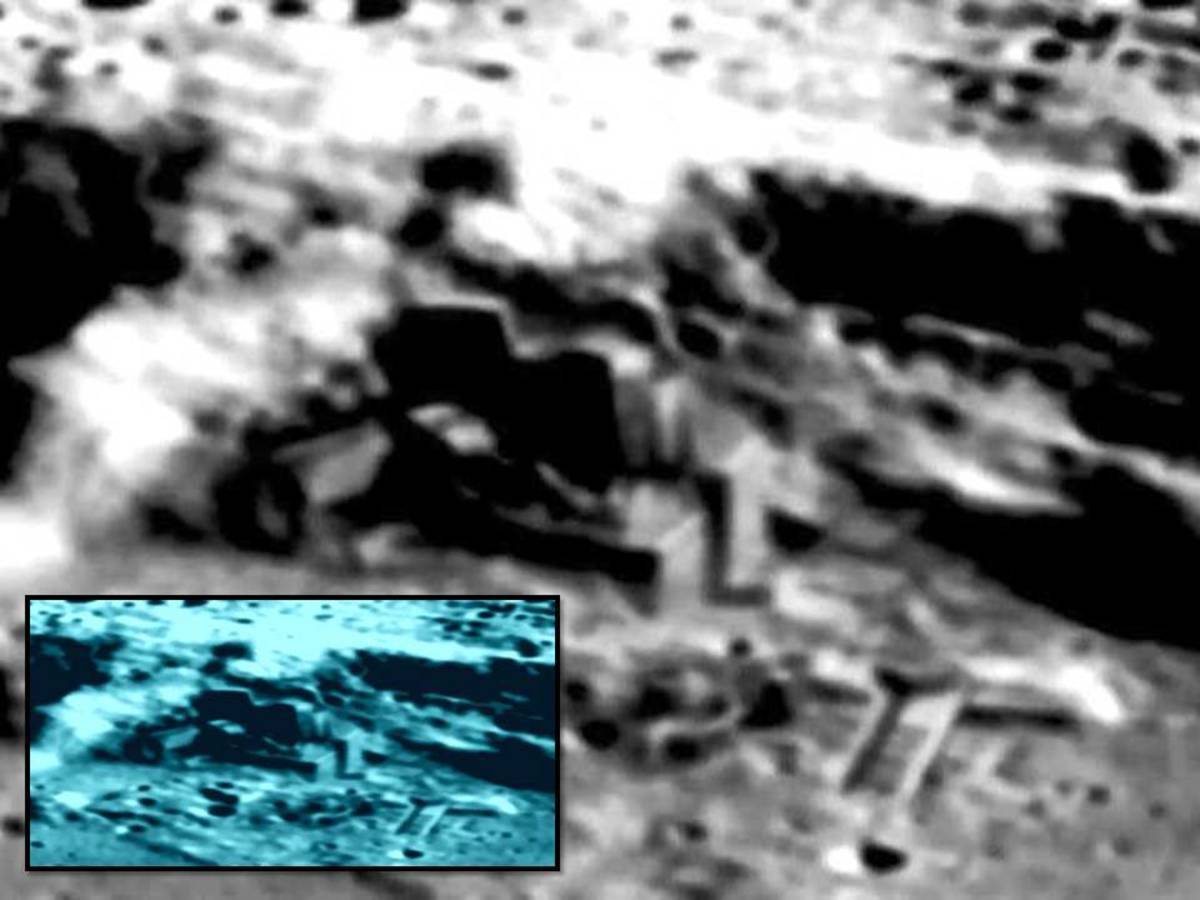Life on Other Worlds
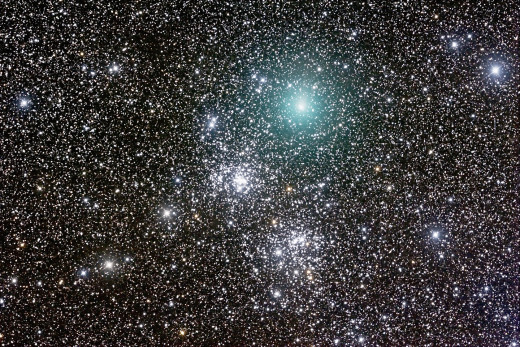
Can there be life elsewhere in the universe?
The question of whether there is life on other worlds is one of the great debates. The existence of extraterrestrial life cannot be proven categorically. However, it seems useful to present available facts, avoid stating opinion as fact, and to provide some definitions and illustrations that might help to cast light on this question.
- BBC News - Today - Conditions for life on Mercury?
Water has been discovered on Mercury. Even though it is the second hottest planet in the solar system, Nasa's Messenger spacecraft has found evidence not only of water but also organic molecules near its poles.
A Broader Definition of Life is Needed
Before answering the question posed in this article, I believe a much broader definition of life is needed. Our understanding of what life might exist seems to be based closely on life that we are aware of on this planet. One of the main arguments against the theory that life could exist on other planets is the absence of the main elements our scientists know to be vital to life on this planet. They point out that there is no evidence that these conditions for life exist on other planets.
Therefore, we must first of all consider what life is, and when something is merely inert.
An outline definition of life could be that creatures have senses – eyesight, hearing, touch, and pain. Life-forms can be categorised in various ways. Generally, on this planet species eat other species in order to survive. Some species have a grasp of the idea of past and future.
The method of functioning in various creatures – in humans, for example – has been analysed in detail. Blood is produced and pumped around the body. Throughout the life of an individual creature, its body will grow and mature. Sustenance is drawn into the body, digested and used to sustain life. Also, oxygen is drawn into the body by means of breathing. Oxygen in particular is vital to life-forms on planet Earth.
What creatures and organisms seem to have in common is that they have bodily functions, have senses, draw sustenance into themselves and expel waste. Some also have limbs to enable them to cope better in their environment.
It could be said that the bodily organs of any species depends on various changes in order to function. This applies in the human body, for example, where each biological function is the result of changes of some kind, which will cause a chain-reaction of changes in the body. Breathing, blood circulation, eating and digestion, or movement all require changes in one or more bodily organs in order to happen.
I would suggest that, in fact, change is the one vital factor required for something to be alive. This single factor will make possible processes that could in due course result in something being alive. Unless change takes place then the object or material must, in other words be inert, or dead.
An Outline Illustration of Life
As many people seem unable to contemplate the possibility of life apart from what exists on this planet, it might help if you could disregard life-forms that exist on this planet, and imagine instead a very complex machine.
The purpose of this machine is irrelevant; it merely exists and functions. It has a section that draws into itself something that stimulates change in its various sections. There are various devices located in different sections that will take decisions. The machine has sensory devices. These gather information on changes in the area surrounding the machine.
All the various sections and devices are activated by change which is caused either by activity from other sections or by whatever is drawn into the machine. In due course that will be expelled.
Depending on how the machine is activated by the matter drawn into it, that matter might be neither oxygen nor any other gas or substance known on planet Earth. It might be heat or a flux of magnetic energy.
Further complexities could be added if the machine needs to move around to obtain fuel or energy sources. It might have to hunt, and defend itself against other hunters. It is only a small step further to assume that the machine might be made of organic matter, lives in an organic environment, and reproduces itself.
Could life, possibly of a kind illustrated by this machine, exist elsewhere in the universe?
How Big is the Universe?
How many planets might there be in the universe? Perhaps for this purpose I should define the universe as including absolutely all the stars, planets and everything else in space. Also, I define space as anywhere as far as one might go in any direction from our planet.
- An estimate of the number of galaxies and stars in the universe
Our Earth is just a tiny planet in a vast Solar System. Our Solar System is just one member of the vast Milky Way galaxy with an estimated 200 to 400 billion stars. And the Milky Way is only one of an estimated one hundred billion galaxies.
My own viewpoint on the size of the universe is that it must be limitless. After all, quite simply, if the universe is of a limited size, and therefore has boundaries, then what lies outside the universe? If the universe is limitless then surely the number of galaxies, stars and planets must also be limitless.
I think the potential for life in the universe must therefore, by definition, be so great that maybe there is, on a distant planet, someone who has recently written an article very much like this.
© 2012 Peter Ray

